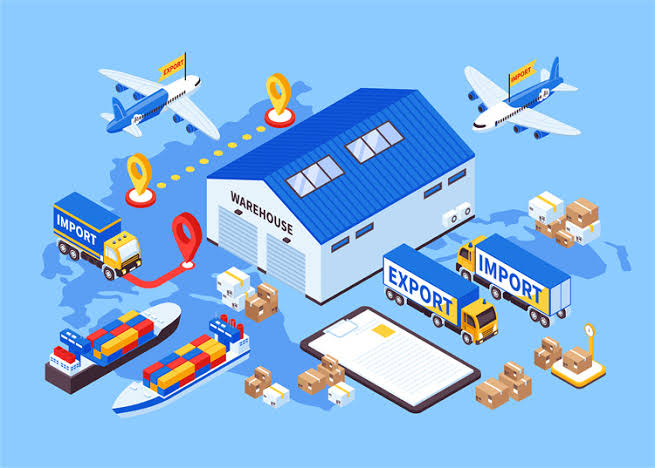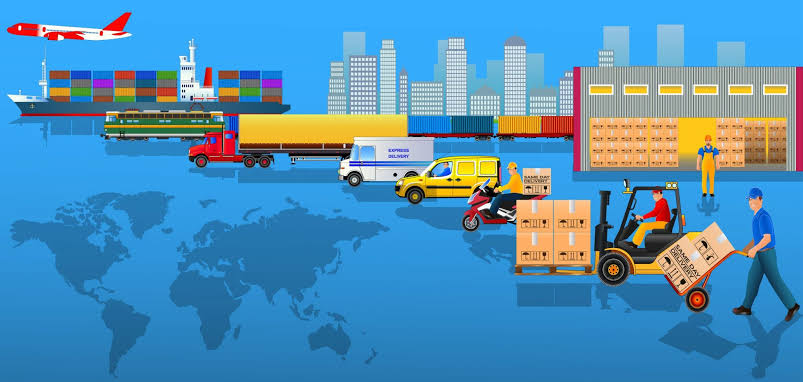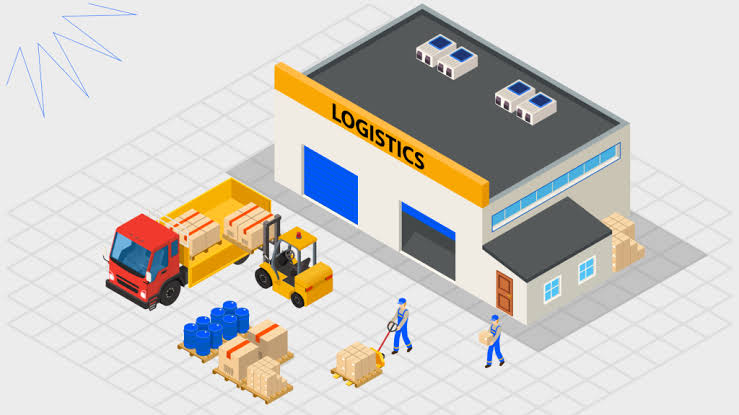Navigating the cross-border e-commerce logistics industry can be complex due to varying regulations, infrastructure, and customer expectations across countries.

HIGHLIGHTS ON HOW CROSS-BORDER E-COMMERCE ARE NAVIGATED IN LOGISTICS INDUSTRIES.
- Understand International Regulations.
a. Customs Compliance: Learn the import/export laws for each target country. Understand duties, taxes (like VAT), and required documentation (e.g., commercial invoice, packing list).
b. Product Restrictions: Some products are restricted or prohibited in certain countries. Ensure product eligibility before shipping.
- Choose the Right Logistics Partners.
a. Third-Party Logistics (3PL) Providers: Partner with experienced 3PLs who specialize in cross-border fulfillment.
b. Carrier Selection: Use carriers with strong international networks (e.g., DHL, FedEx, UPS) or regional experts for specific markets.

- Optimize Warehousing & Fulfillment.
a. Distributed Warehousing: Store products closer to your international customers using regional warehouses to reduce shipping time and costs.
b. Fulfillment Platforms: Utilize services like ShipBob, Fulfillment by Amazon (FBA), or Shopify Fulfillment Network.
- Offer Transparent and Flexible Shipping Options.
a. Delivery Duty Paid (DDP) vs. Delivery Duty Unpaid (DDU): Consider who pays customs duties—seller or customer.
b. Multiple Delivery Options: Provide express, standard, and economy options based on customer needs and budget.

- Invest in Technology.
a. Shipping Software: Tools like Ship station or Easyship help manage international orders, calculate taxes, and print labels.
b. Track & Trace Systems: Offer end-to-end tracking to increase customer trust and reduce support inquiries.
- Plan for Returns.
International Returns Policy: Make it clear and manageable. Use localized return centers or offer partial refunds to reduce reverse logistics costs.
- Focus on Customer Experience
a. Localized Checkout: Display prices in local currency, use local languages, and show estimated duties/taxes.
b. Responsive Customer Support: Provide multi-lingual support and clearly communicate delivery timelines.

- Stay Updated.
a. Trade Agreements & Tariff Changes: Stay informed about geopolitical changes that can affect logistics (e.g., Brexit, US-China tariffs).
b. Evolving Consumer Preferences: Monitor buying behavior and logistics expectations in each region.
SUMMARIES. To succeed in cross-border e-commerce logistics, businesses must understand international regulations, partner with reliable logistics providers, and optimize warehousing and fulfillment. Offering flexible shipping options and transparent pricing builds customer trust. Investing in technology enhances tracking and operational efficiency, while clear returns policies improve customer satisfaction. Staying updated on trade policies and market trends is essential for long-term success.